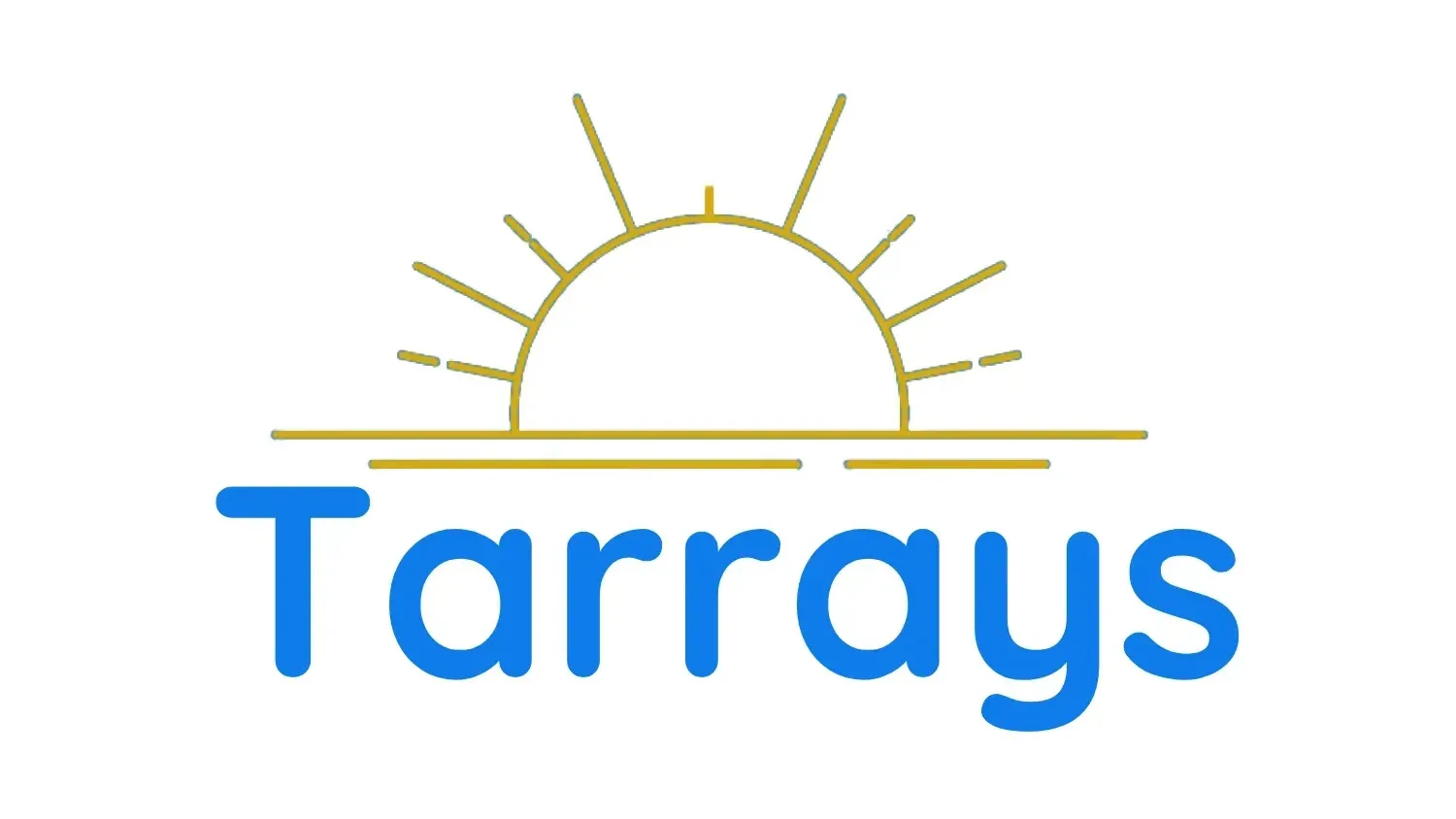Mental Health support for healthcare workers in aged care facilities: Why it matters and how to implement?
The mental health and well-being of healthcare workers are critical factors in maintaining high standards of care in aged care facilities. In aged care, where staff are often exposed to emotionally and physically demanding situations, supporting the mental health of the workforce is more important than ever. Yet, healthcare workers, especially those in aged care settings, are frequently overworked, under pressure, and prone to burnout. These challenges can significantly impact their mental health, ultimately affecting the quality of care provided to elderly residents.
In this blog, we will discuss the mental health challenges faced by aged care workers, why mental health support is essential, and practical strategies to implement mental health initiatives within aged care facilities.
The Mental Health Challenges Faced by Aged Care Workers
Aged care workers are regularly exposed to stressful, high-pressure environments, often with long shifts and emotionally taxing situations. The nature of aged care involves providing daily assistance to vulnerable elderly residents, some of whom may suffer from severe physical or mental health issues, including dementia. Over time, this can take a significant toll on the mental health of healthcare workers.
Some of the primary mental health challenges faced by aged care workers include:
- Emotional Exhaustion
Healthcare workers in aged care are constantly dealing with emotionally challenging situations. Many form deep connections with residents, only to witness their declining health or, in some cases, their passing. This emotional strain, when left unchecked, can lead to emotional exhaustion and compassion fatigue, two key contributors to burnout. - Physical Strain and Fatigue
The physically demanding nature of aged care work, which often involves lifting, transferring, and assisting elderly residents with mobility, can lead to fatigue. This physical strain, combined with the mental demands of the role, can further exacerbate mental health challenges. - High Workloads and Understaffing
Many aged care facilities, especially those in regional areas, face chronic understaffing, resulting in excessive workloads for healthcare staff. When workers are stretched thin, they are more likely to experience stress, anxiety, and feelings of being overwhelmed. - Lack of Support and Resources
The support available to aged care workers is often limited, particularly in rural areas. Workers may feel isolated, with limited access to mental health services, peer support, or professional development opportunities. The absence of these resources can lead to a sense of isolation and helplessness. - Role Ambiguity and Conflict
Aged care workers often face unclear expectations, frequent changes in protocols, and conflicting demands from management, residents, and families. These uncertainties can lead to feelings of frustration, further impacting mental well-being.
Why Mental Health Support for Aged Care Workers Matters
Providing mental health support to aged care workers is not just an ethical responsibility but also a practical necessity. Healthcare workers who feel supported and have access to mental health resources are more resilient, better able to manage stress, and ultimately more effective in their roles.
Here are some of the key reasons why mental health support matters in aged care:
- Reducing Burnout and Turnover
Burnout is a significant issue among aged care workers. When left untreated, it can lead to high turnover rates, increasing the strain on the remaining staff and compromising the quality of care. Providing mental health support can help prevent burnout and improve staff retention, ensuring that facilities maintain a stable workforce. - Improving Quality of Care
The mental health of aged care workers directly affects the quality of care they provide. When workers are emotionally and mentally well, they are better equipped to handle the challenges of their roles and deliver compassionate, patient-centred care to elderly residents. - Creating a Positive Work Environment
Aged care facilities that prioritise mental health support create a more positive and supportive work environment. This not only enhances employee well-being but also fosters teamwork, collaboration, and a sense of community among staff members. - Enhancing Resilience in the Workforce
Providing mental health support can help healthcare workers build resilience, enabling them to cope with the daily challenges of aged care more effectively. Resilience is key to maintaining long-term workforce stability and ensuring that workers can continue to provide high-quality care, even in difficult situations.
How to Implement Mental Health Support for Aged Care Workers
Implementing mental health support for aged care workers requires a comprehensive and thoughtful approach. Below are some practical strategies that aged care facilities can adopt to support the mental health of their staff.
1. Foster Open Communication and Reduce Stigma
One of the first steps in providing mental health support is creating an environment where workers feel comfortable discussing their mental health challenges. Reducing the stigma around mental health is essential, as many healthcare workers may hesitate to seek help due to fear of judgement or repercussions.
- Encourage Open Dialogue: Management should actively encourage open conversations about mental health, reassuring staff that seeking support is a sign of strength, not weakness.
- Train Managers to Recognise Mental Health Issues: Supervisors and managers should be trained to identify signs of burnout, stress, or mental health challenges among their staff. Early intervention can prevent issues from escalating and offer timely support.
2. Provide Access to Professional Mental Health Services
Aged care facilities should provide access to professional mental health services, such as counselling or therapy, either through in-house resources or external partnerships.
- Employee Assistance Programmes (EAPs): Implementing an EAP can provide workers with confidential access to counselling services, helping them manage stress, anxiety, and other mental health issues.
- Onsite Counsellors: For larger aged care facilities, having an onsite counsellor or mental health professional can be a valuable resource for staff. Regular one-on-one sessions can provide workers with the support they need to navigate the challenges of their roles.
3. Promote Work-Life Balance
A healthy work-life balance is essential for maintaining good mental health. Aged care facilities must prioritise the well-being of their staff by ensuring that they have adequate time to rest and recharge.
- Flexible Work Arrangements: Offering flexible hours, rotating shifts, or part-time options can help healthcare workers manage their personal and professional lives more effectively, reducing stress and improving job satisfaction.
- Encourage Regular Breaks: Ensuring that staff take regular breaks throughout their shifts can prevent fatigue and allow them time to decompress.
4. Implement Stress-Reduction and Well-Being Programmes
Incorporating stress-reduction and well-being programmes can help healthcare workers manage their mental health proactively.
- Mindfulness and Meditation Sessions: Offering mindfulness or meditation workshops can equip staff with tools to manage stress and enhance their emotional well-being.
- Physical Fitness Initiatives: Encouraging staff to engage in physical activities, such as yoga or light exercise, can improve both their physical and mental health.
5. Recognise and Reward Staff Contributions
Recognising the hard work and dedication of aged care staff can significantly improve morale and mental well-being.
- Regular Staff Appreciation Events: Hosting regular events to celebrate the achievements of staff members can foster a sense of community and make employees feel valued.
- Individual Recognition: Personalised recognition, such as awards or verbal appreciation from management, can go a long way in boosting staff morale.
Conclusion
The mental health of aged care workers is critical to ensuring high-quality care in aged care facilities. By prioritising mental health support, fostering open communication, providing access to mental health services, and promoting work-life balance, aged care facilities can create a more supportive and resilient workforce. Not only will this improve staff well-being and reduce burnout, but it will also enhance the overall quality of care provided to elderly residents. Tarrays Healthcare Staffing is committed to supporting aged care facilities in implementing effective mental health initiatives, ensuring a healthier and happier workforce for the future.












